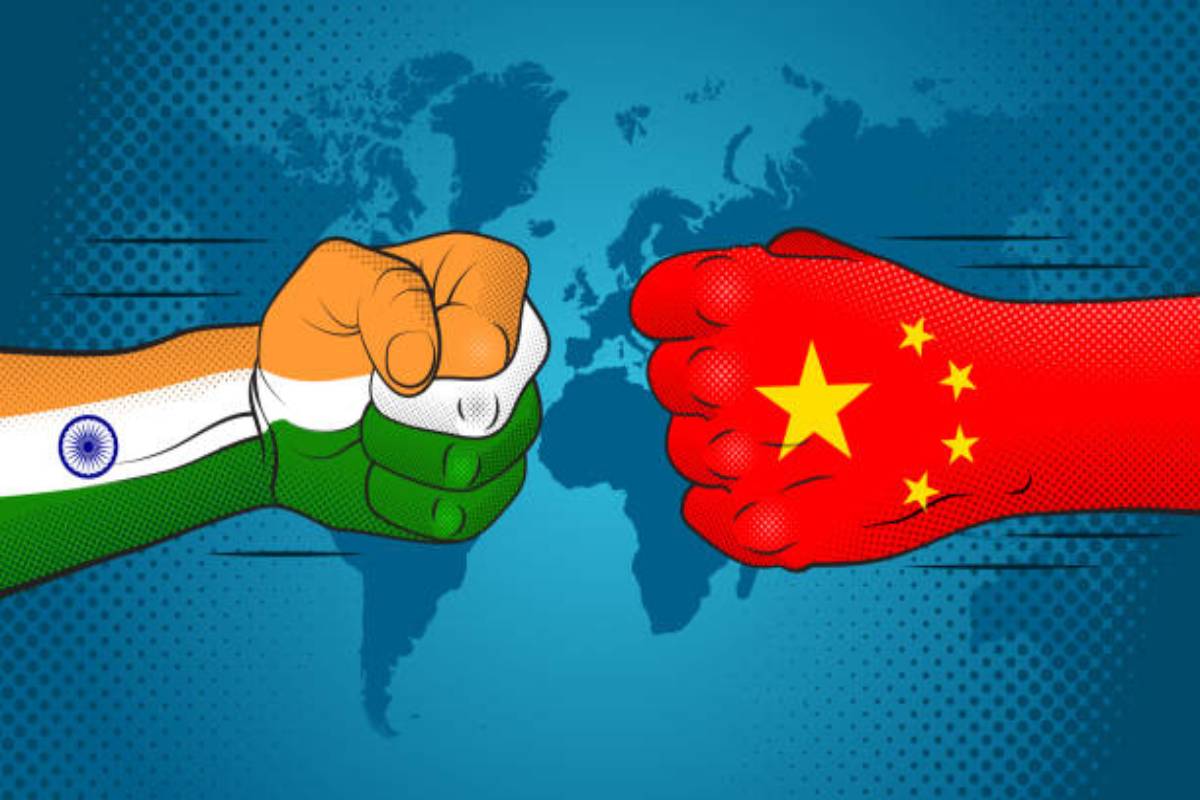Explained: Why Income-Tax Bill 2025 is a much-needed reform
As India moves closer to a major tax overhaul, the new Income-Tax Bill 2025 seeks to simplify the tax structure and to make it more transparent, efficient, and business-friendly.
India’s decision to maintain restrictions on Chinese investments is not just a matter of economic policy but a strategic imperative shaped by national security concerns and geopolitical realities.

[Representational Photo : iStock]
India’s decision to maintain restrictions on Chinese investments is not just a matter of economic policy but a strategic imperative shaped by national security concerns and geopolitical realities. Chief Economic Adviser V. Anantha Nageswaran’s remarks reinforce that any shift in this stance will not be immediate, and for good reason. The 2020 Galwan Valley clashes marked a turning point in India-China relations, leading to heightened scrutiny of Chinese investments in India.
The government’s policy shift was not a knee-jerk reaction but a recalibration of economic engagement with China in light of national security considerations. Since then, India has systematically tightened its foreign direct investment (FDI) norms, making prior government approval mandatory for investments from countries sharing a land border with India.
Advertisement
The move primarily targeted China, which had been rapidly expanding its footprint in Indian start-ups, technology firms, and critical infrastructure. While the restriction on Chinese investments has undoubtedly impacted some sectors, particularly those reliant on capital inflows, India has actively sought alternatives. Domestic investors, venture capital firms, and global players from the US, Japan, and Europe have stepped in to fill the gap. The underlying message is clear: India is willing to forego short-term economic benefits to ensure that its long-term strategic interests remain secure. The issue, however, extends beyond investments. Trade imbalance remains a pressing concern.
Advertisement
India’s trade deficit with China stands at an alarming $93 billion to $95 billion, making it one of the largest bilateral trade gaps in the world. Despite India’s efforts to boost domestic manufacturing and reduce dependence on Chinese imports, critical sectors such as electronics, pharmaceuticals, and telecom continue to rely heavily on China for raw materials and components. Addressing this imbalance requires not just curbing Chinese investments but also developing robust domestic supply chains and diversifying trade partnerships. Mr Nageswaran’s remark that both countries are “crossing the river by feeling the stones” underscores the cautious approach India is taking. While dialogue on trade imbalance has been initiated, it does not necessarily signal a policy shift on Chinese investments.
India’s stance remains pragmatic ~ economic engagement with China cannot come at the cost of national security. The Ladakh standoff is yet to be fully resolved, and tensions along the Himalayan border persist. Until there is a tangible shift in China’s approach toward India, particularly on security concerns, any easing of investment restrictions remains unlikely. Ultimately, India’s policy on Chinese investments is not about decoupling but about recalibrating economic ties in a way that safeguards national interests.
The emphasis on self-reliance, diversification of trade partnerships, and strengthening domestic industries reflects a long-term vision. If China expects a change in India’s investment policy, it must demonstrate a willingness to address core concerns, including border tensions and unfair trade practices. Until then, India’s strategic caution will prevail over any immediate economic incentives.
Advertisement